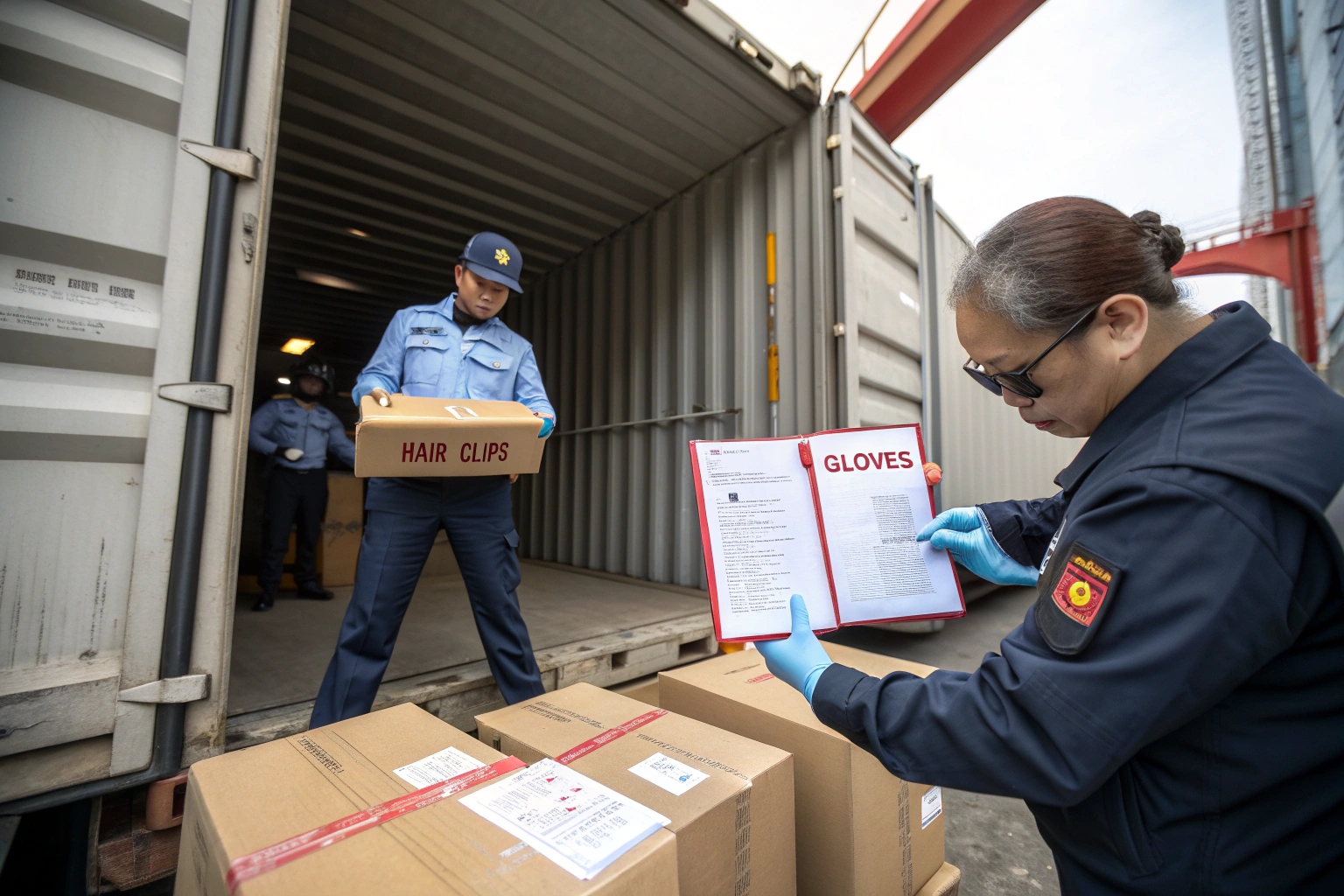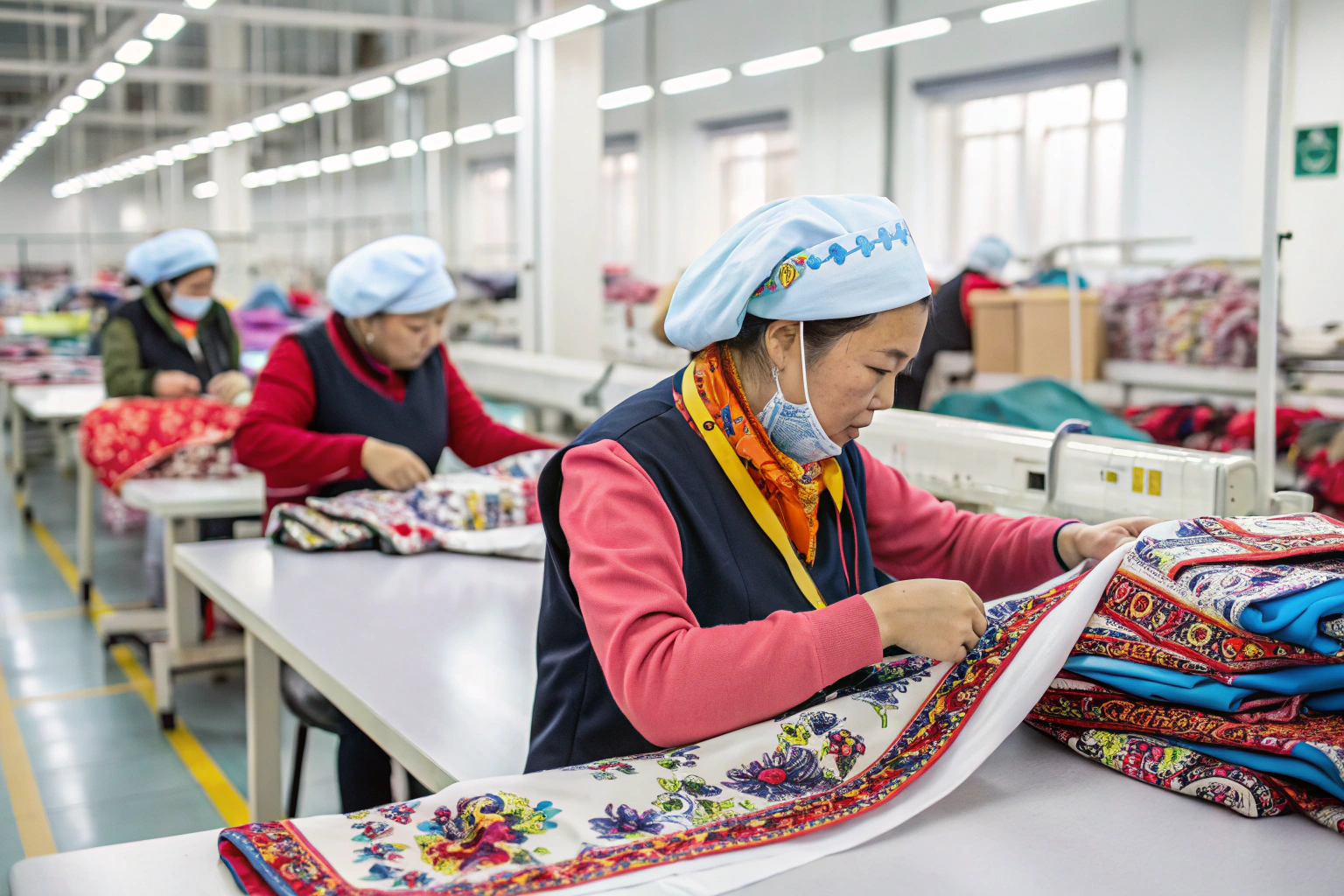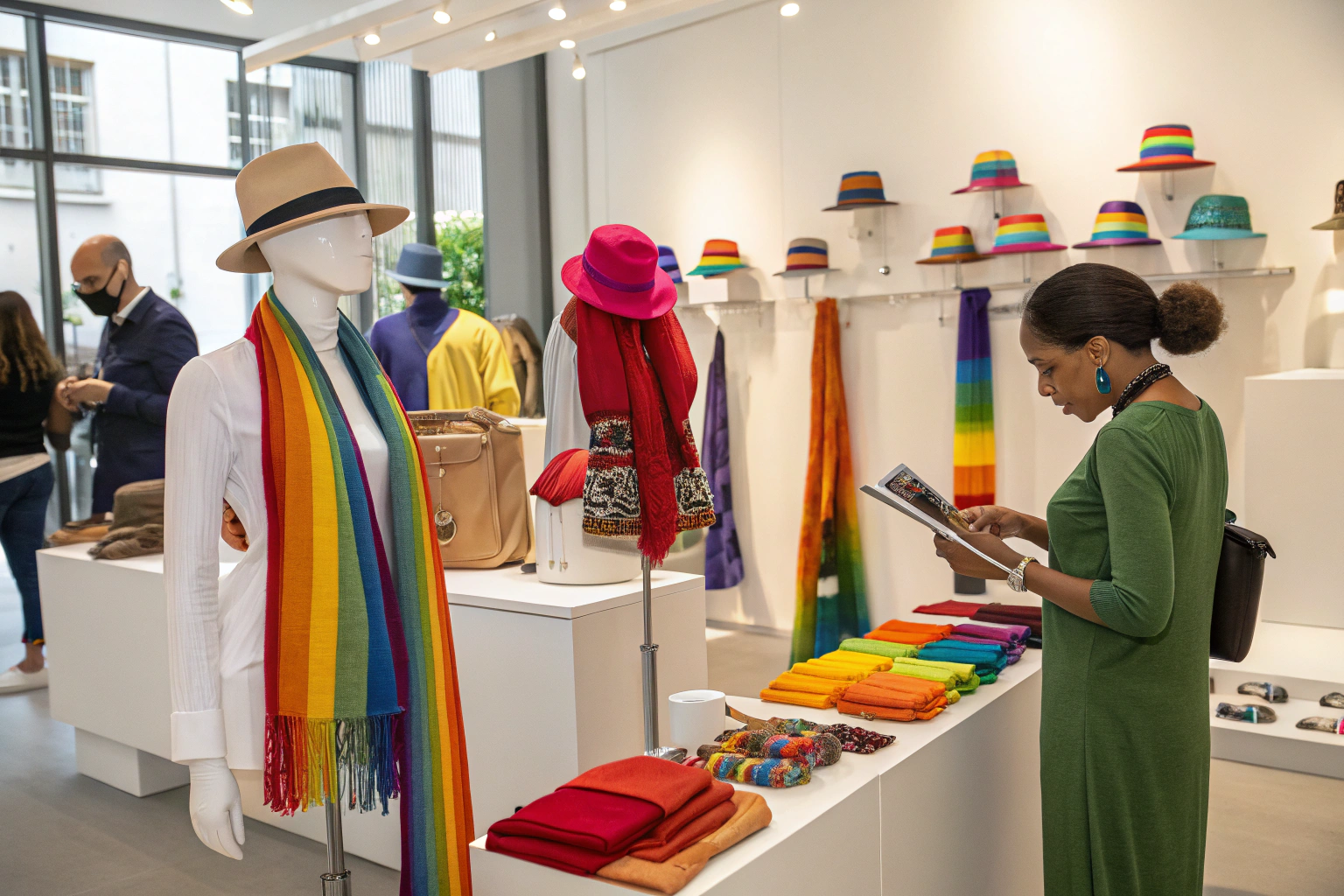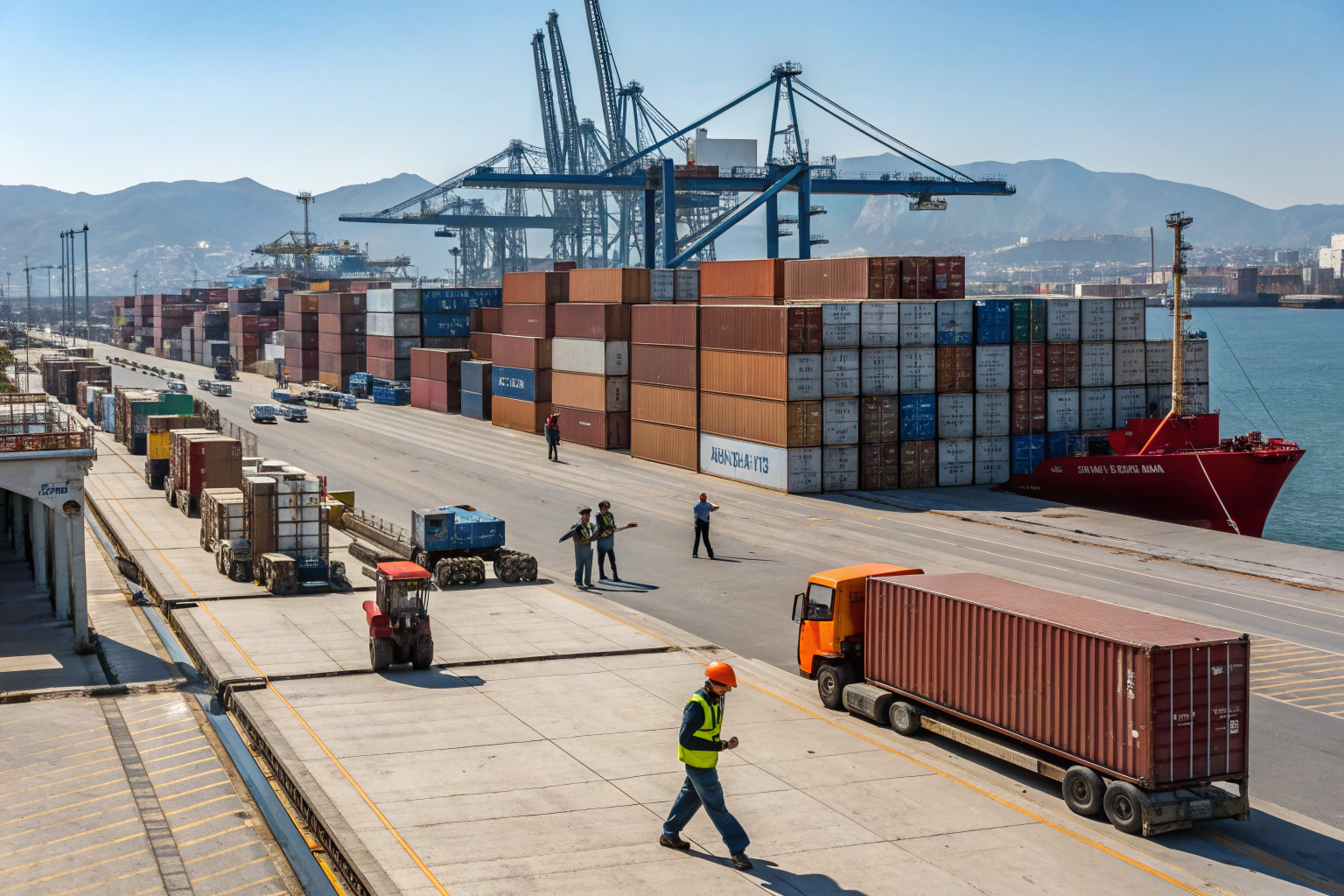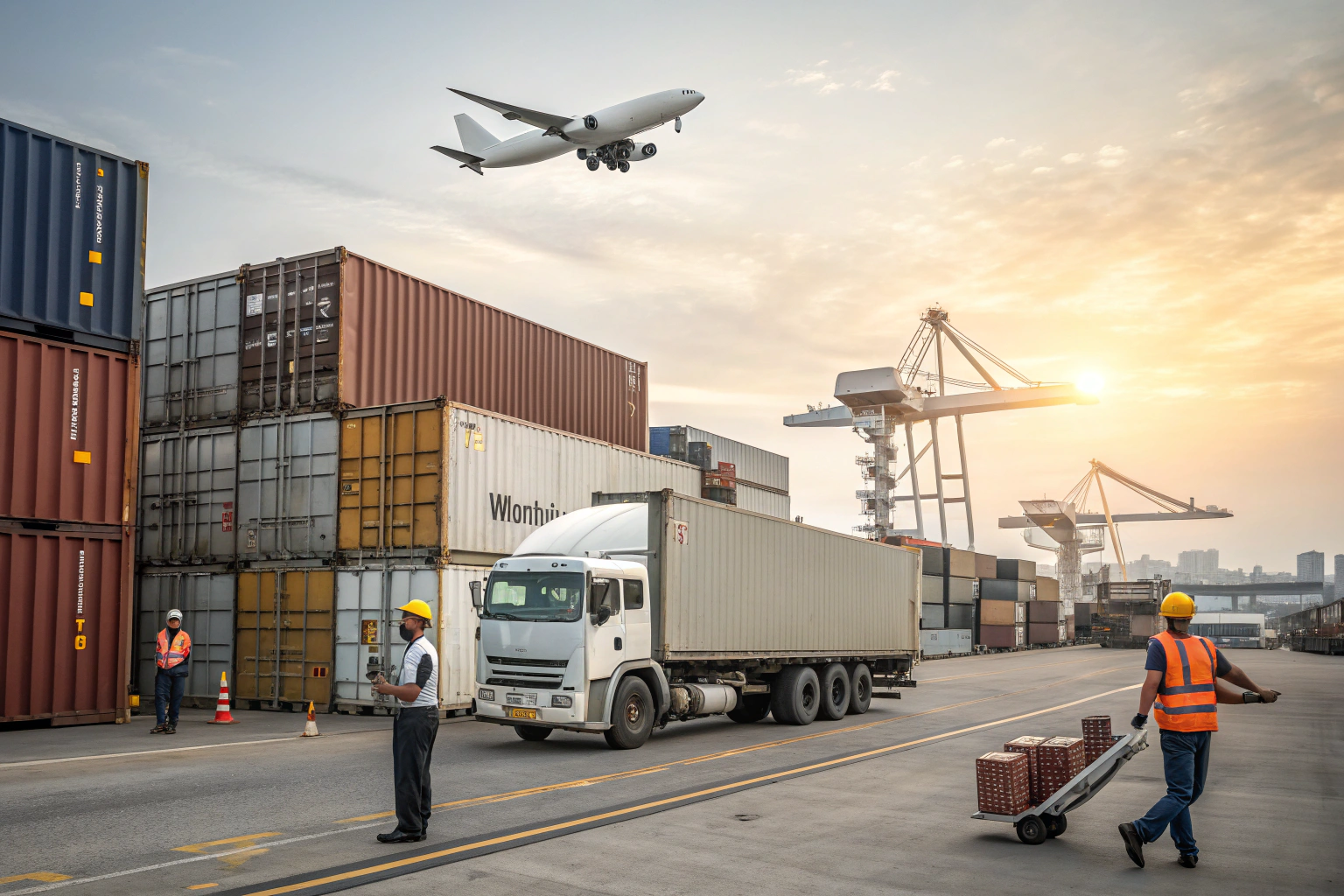When a container filled with hair clips, gloves, or scarves gets held at customs, the delay can cost more than just time—it can mean lost sales, warehouse bottlenecks, or strained buyer relationships. And often, it happens just because of one missing document.
To handle customs inspections smoothly, importers should prepare complete and accurate documentation, use licensed customs brokers, understand common inspection triggers, and respond promptly to CBP or EU customs inquiries to minimize delay risks.
At AceAccessory, we work with reliable freight partners and support our clients through each stage of customs clearance. Let’s walk through what to expect—and how to avoid unnecessary headaches.
What should I do when my shipment is stuck at customs?
It happens. Your cargo arrived at the port, but days go by and your forwarder says it’s “under inspection.” The first step is not to panic—but to act fast and communicate clearly.
If your shipment is stuck at customs, immediately contact your customs broker, verify document accuracy, respond to inspection notices, and follow up on missing information to resolve the issue quickly.
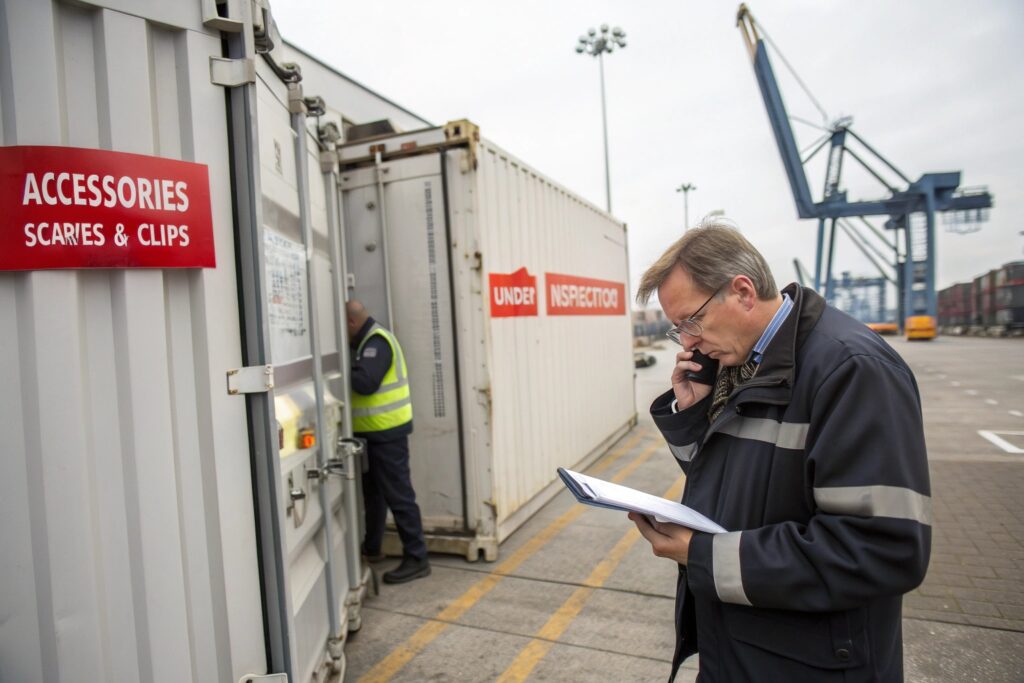
Quick Action Checklist When a Shipment Is Held
| Step | Description |
|---|---|
| Contact Broker | Confirm the inspection type: X-ray, doc review, etc. |
| Review Documents | Check commercial invoice, packing list, HS codes |
| Provide Supporting Docs | Certifications, test reports, factory info |
| Respond to CBP Inquiries | Provide requested info within 24–48 hours |
| Track Customs Status | Use your entry number to check CBP system updates |
AceAccessory clients get real-time alerts if their goods are flagged and we can assist in providing:
- Product test reports (e.g., EN71, REACH, CPSIA)
- Certificates of origin
- Declaration explanation letters
Our experience helps cut down clearance times—even when items are flagged for textile category classification.
Does customs inspect every package?
Not every package gets opened—but every shipment goes through a level of scrutiny. The inspection method depends on the risk profile, documentation quality, and randomness.
Customs authorities don’t inspect every package physically, but every shipment is screened via automated systems. Higher-risk cargo may be selected for manual, X-ray, or document inspection.
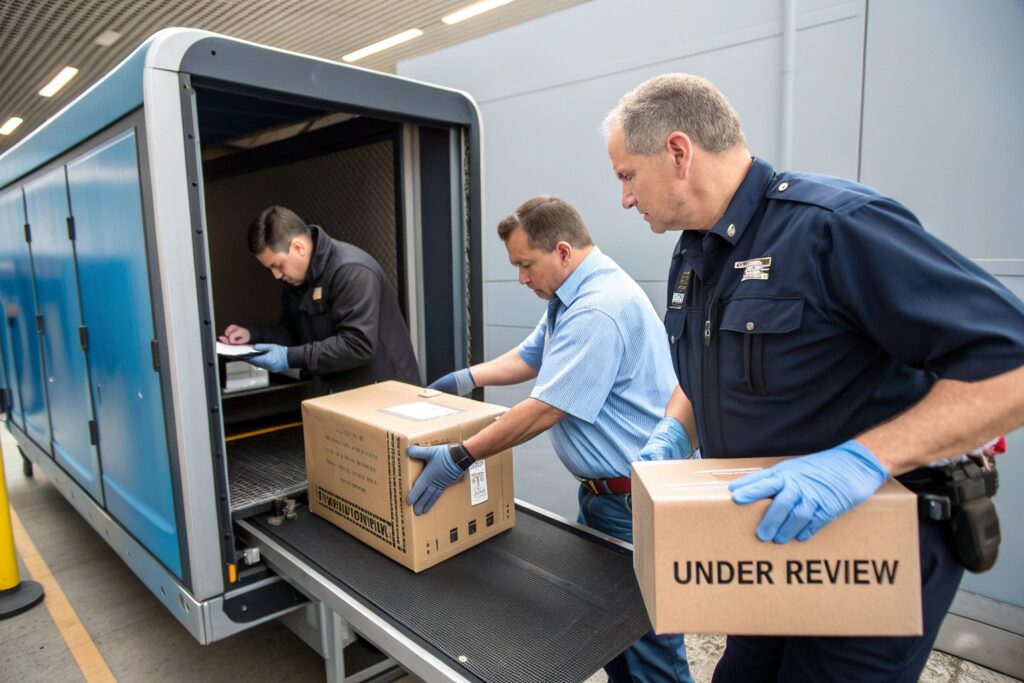
Common Types of Customs Inspections
| Type | Description | Risk Level |
|---|---|---|
| Manifest Review | Basic document verification | Low |
| X-Ray Scanning | Non-intrusive visual inspection | Medium |
| Physical Inspection | Officers open packages and verify contents | High |
| Laboratory Analysis | Used for chemicals, cosmetics, and coatings | Rare, case-based |
Factors that increase inspection likelihood:
- Missing or vague product descriptions
- Misclassified HS codes (e.g., listing hats as general garments)
- Incomplete commercial invoices
- First-time importer or unknown shipper
That’s why AceAccessory offers pre-checked invoices and HS code guidance, especially for bundled sets and promotional items.
How to clear a shipment from customs?
Once customs has inspected or cleared your shipment, the goal is to move it out quickly. Delays often happen due to payment issues or missing port paperwork.
To clear a shipment from customs, ensure all duties are paid, entry documents are submitted, and any flagged discrepancies are resolved with customs brokers or logistics agents.

Documents Needed for Smooth Customs Clearance
| Document | Purpose |
|---|---|
| Commercial Invoice | Declares value and contents |
| Packing List | Confirms exact quantities and packaging |
| Bill of Lading / Air Waybill | Transport evidence for customs review |
| Importer Security Filing (ISF) | U.S.-only document for ocean shipments |
| Certificates (if applicable) | REACH, CE, CPSIA, CO, fumigation certificates |
We also advise on:
- Providing clear HS codes (e.g., 6505.00 for hats, 6214.20 for scarves)
- Listing material breakdown (e.g., 60% cotton / 40% polyester)
- Pre-paying duties to avoid warehouse storage costs
AceAccessory partners with licensed brokers who file entries electronically and follow up proactively with U.S. Customs or European authorities when there are questions.
What are the three customs release methods?
Once inspection or review is complete, customs can release your shipment using one of several standard methods—depending on the clearance path and country.
The three main customs release methods are informal entry, formal entry, and conditional release. Each one affects how quickly your goods are moved and who can retrieve them.
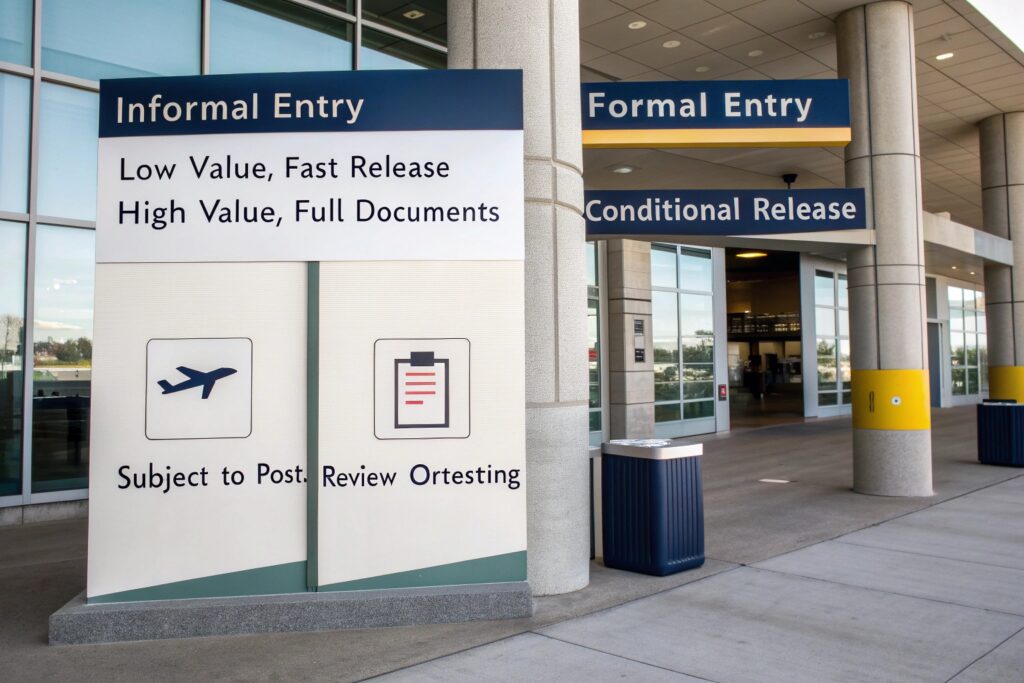
Customs Release Methods Explained
| Method | Description | Best For |
|---|---|---|
| Informal Entry | Low-value goods (<$2,500 USD in U.S.) with simple docs | Small sample shipments |
| Formal Entry | Standard for most commercial imports, duties apply | B2B accessory shipments |
| Conditional Release | Temporarily allowed in under bond, pending clearance | Items needing lab testing |
In the U.S., most shipments from AceAccessory fall under Formal Entry, as they often exceed the $2,500 threshold. For urgent samples, Informal Entry with air freight can speed up the process.
We also help file Supplemental Information Letters in case of conditional release, especially for shipments with:
- Blended materials (e.g., acrylic-wool knit hats)
- Children’s accessories requiring test reports
- Combo sets where each item has separate classification
Conclusion
Customs inspections can cause costly delays if you're not prepared. But with clear documents, fast responses, and a reliable factory like AceAccessory handling the backend, your shipments will clear faster and with fewer surprises—every time.

